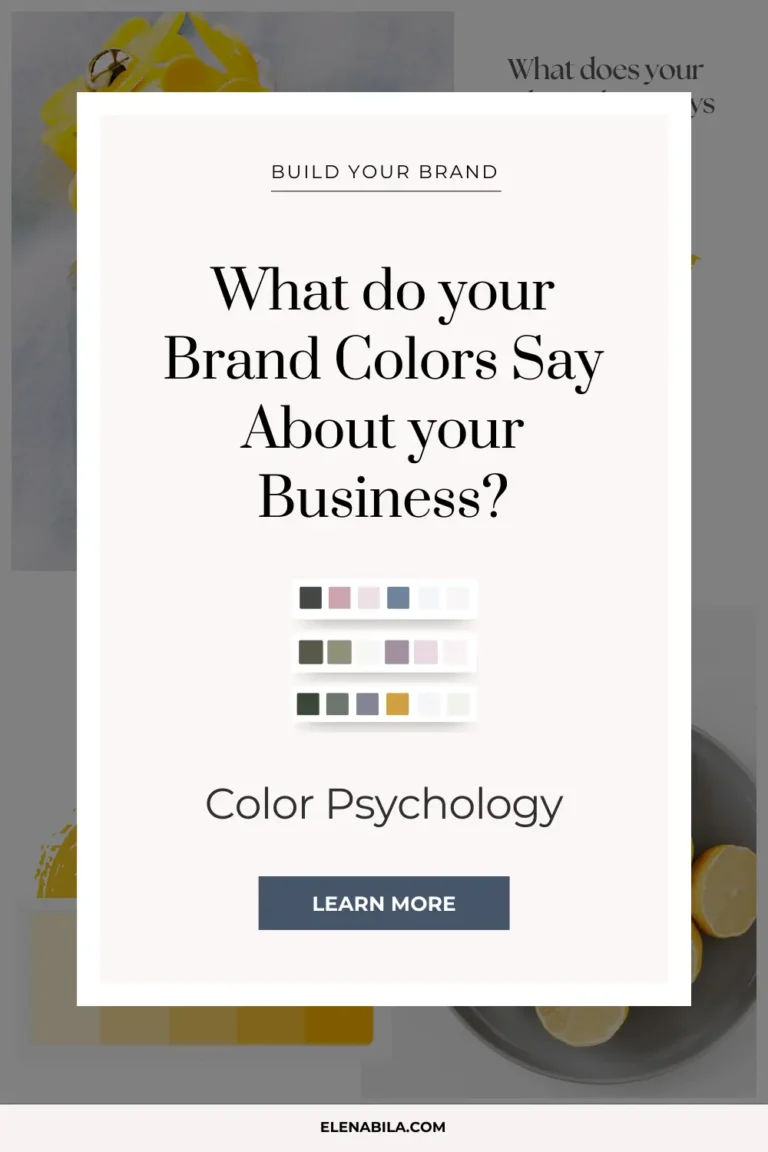Deciding what color to choose for your brand identity, website and social media channel? That’s great!
Before you make a final decision, have you thought about the meaning of each color and how it influence your audience’s decisions to buy your offers or work with you?
In this blog post (part 1) you’ll learn about color psychology, how connected colors and emotions, how it impacts client’s behaviour and main things you need to know before you choose your brand colors. And the second post (part 2) in this series reveals all the technical steps and my favourite tools to create a brand color pallet like a Pro.
Let’s begin…
“Why should I care about the colors?”
Color is more than just a visual element. Because it’s a powerful tool that can evoke emotions, carry the messages, and shape perceptions of your business without even using the words. As a small business owners we can’t ignore the fact that color affects the sales. In fact, people’s buying decisions based 60-80% on color.
Which is why it’s so important to choose your colors wisely and make sure it communicates the message you want to share. For example, the pink (one of my brand’s color) is always associated with femininity, elegance and youthfulness.
Can you guess which brand I’m describing below?
Social media platform with a blue and white branding (Facebook). The reason most social and communication companies chose blue, because it evokes the feeling of trust and reliability.
One of the biggest family oriented fast food chains with vibrant yellow color, that evokes feelings of warmth and joy. (McDonald’s). – I’m not a fan of fast food, actually I’m a happy plant based vegan. Just put it here as an example.
So brand color palette is not a random collection of colors. Big companies chose their brand colors very wisely and intentionally.
When people visit your website or social media profile, the first thing their eyes pay attention to is color.
So if you are in the process of DIY-ing your brand or already launched your business, it’s important to make sure your colors aligns with your brand strategy, personality and your ideal clients.
Top 6 questions to ask yourself before choosing your brand colors
But before you jump into picking colors, ask yourself these 6 question about your brand:
- How my friends and family describe my personality? Is it fun, friendly, reliable, empathetic, passionate?
- How would you shortly describe why did you start business (besides money)?
- How would you describe your ideal client?
- How do you want your ideal client to feel?
- What are the top 2 colors that pop up in your head when you think about your brand?
- What are the top 5 values you want to be known for? What does your brand stands for? Is it entrepreneurship, wellbeing, discipline, honesty, flexibility, etc. Here’s a value examples from my upcoming Brand Clarity workshop.
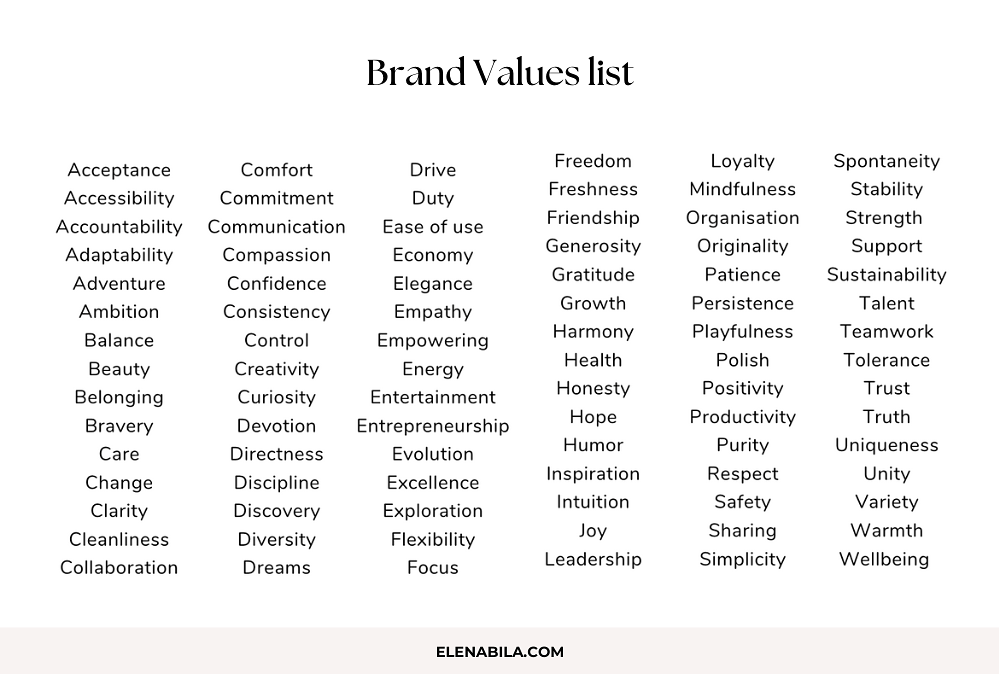
Understanding Color Psychology
Now, when you define your band adjectives, let’s take a look at the psychology behind each color.
Colors can evoke a wide range of emotions and associations. It influence our moods and shapes our perceptions.
When it comes to branding, colors are more than just visual choices – they carry meaning and emotion. The colors you choose for your brand can help shape its personality and create strong emotional connections with your audience. By picking colors that reflect your brand’s values and resonate with your ideal clients, you can reinforce your brand identity and set yourself apart from the competition.
Color descriptions:
Let’s dive into brand colors meaning a little more:
Red: Often associated with passion, energy, and action. Red is used to grab attention and create a sense of urgency. It symbolizes love, desire, and power. And it’s a popular choice for brands in the entertainment, fashion and food industries. Additionally, red gives a sense of warmth and vitality, so it will be a suitable choice for brands looking to create a bold and dynamic presence.
Orange: Orange gives the vibe of excitement, warmth, and creativity. It’s a bright and energetic color that sparks enthusiasm and makes things feel fun and innovative. Brands in the arts, entertainment, and tech sectors often turn to orange because of its strong connection to creativity and fresh ideas. But it’s also welcoming – this color has a way of feeling friendly and approachable, which makes it great for brands wanting to create an inviting atmosphere. Plus, orange can boost your appetite and sense of urgency, which is why it’s popular in the food and beverage world too.
Yellow: Yellow is about warmth, optimism, and energy. It’s one of those colors that naturally lifts the mood and makes people feel cheerful. It’s like sunshine – bright, happy, and grabs attention in a positive way. You’ll see yellow a lot in brands that want to radiate positivity, whether it’s food, kids’ products, or entertainment. It also brings a sense of comfort and warmth, making it an excellent fit for hospitality and wellness brands that want to make people feel at ease.
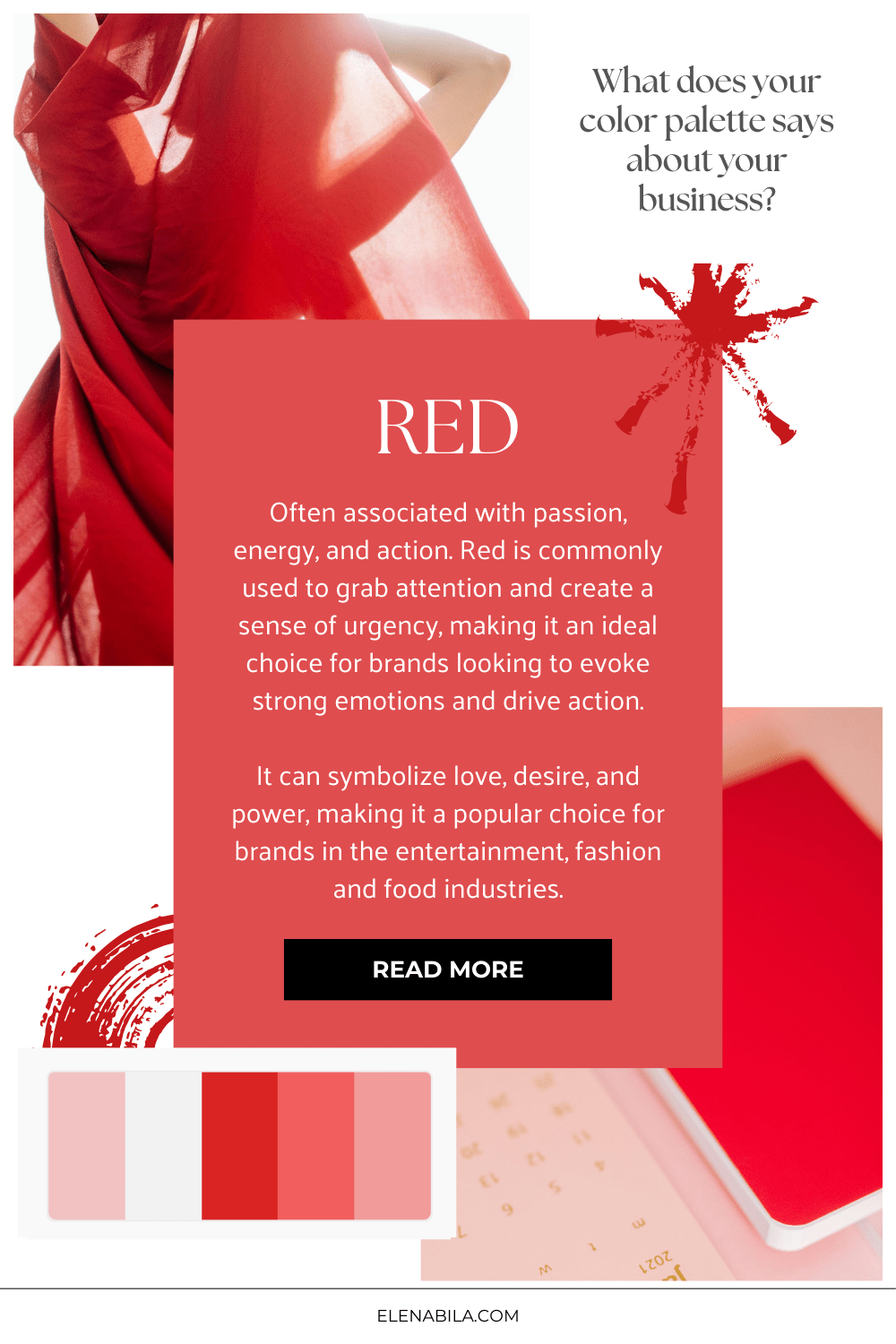
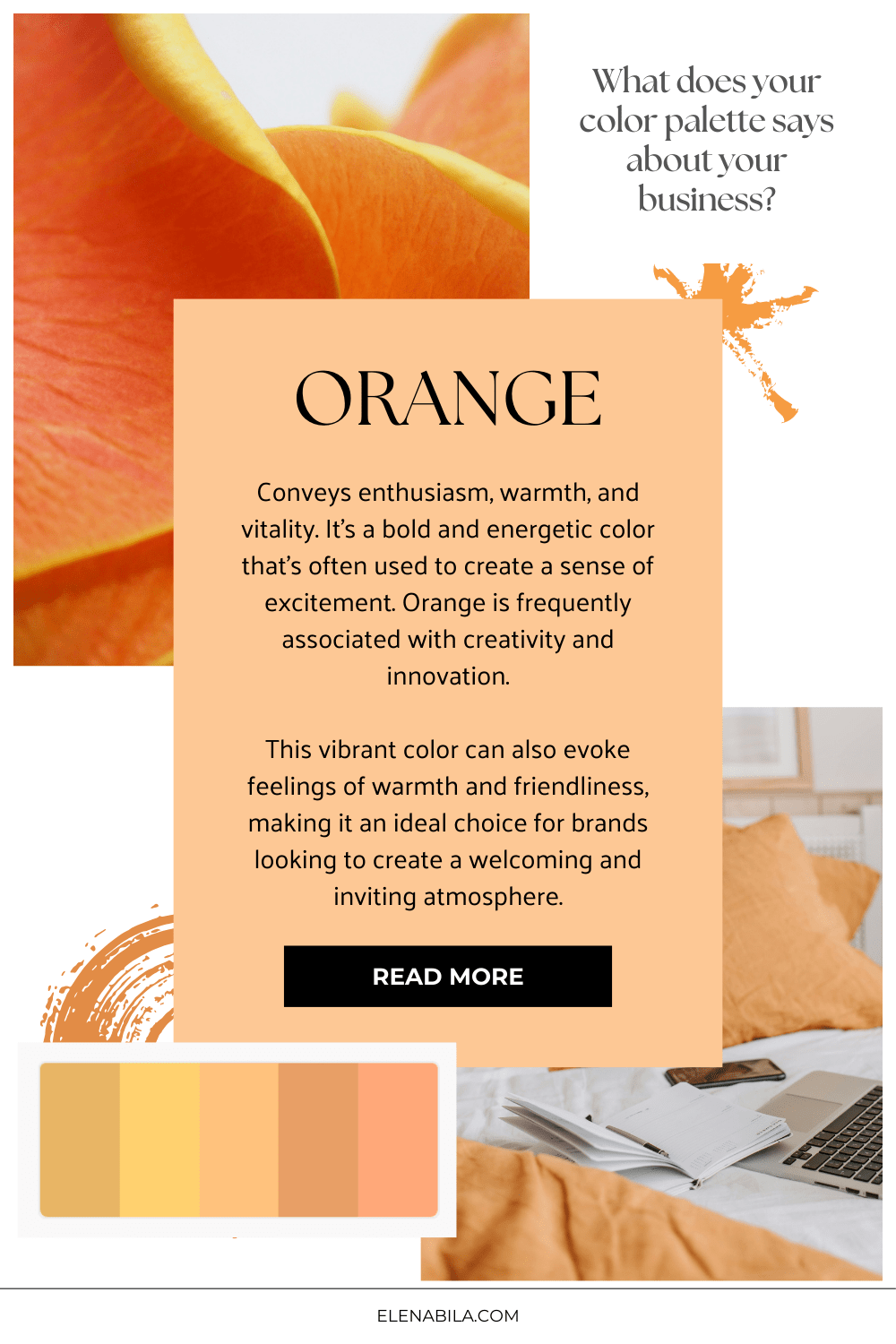
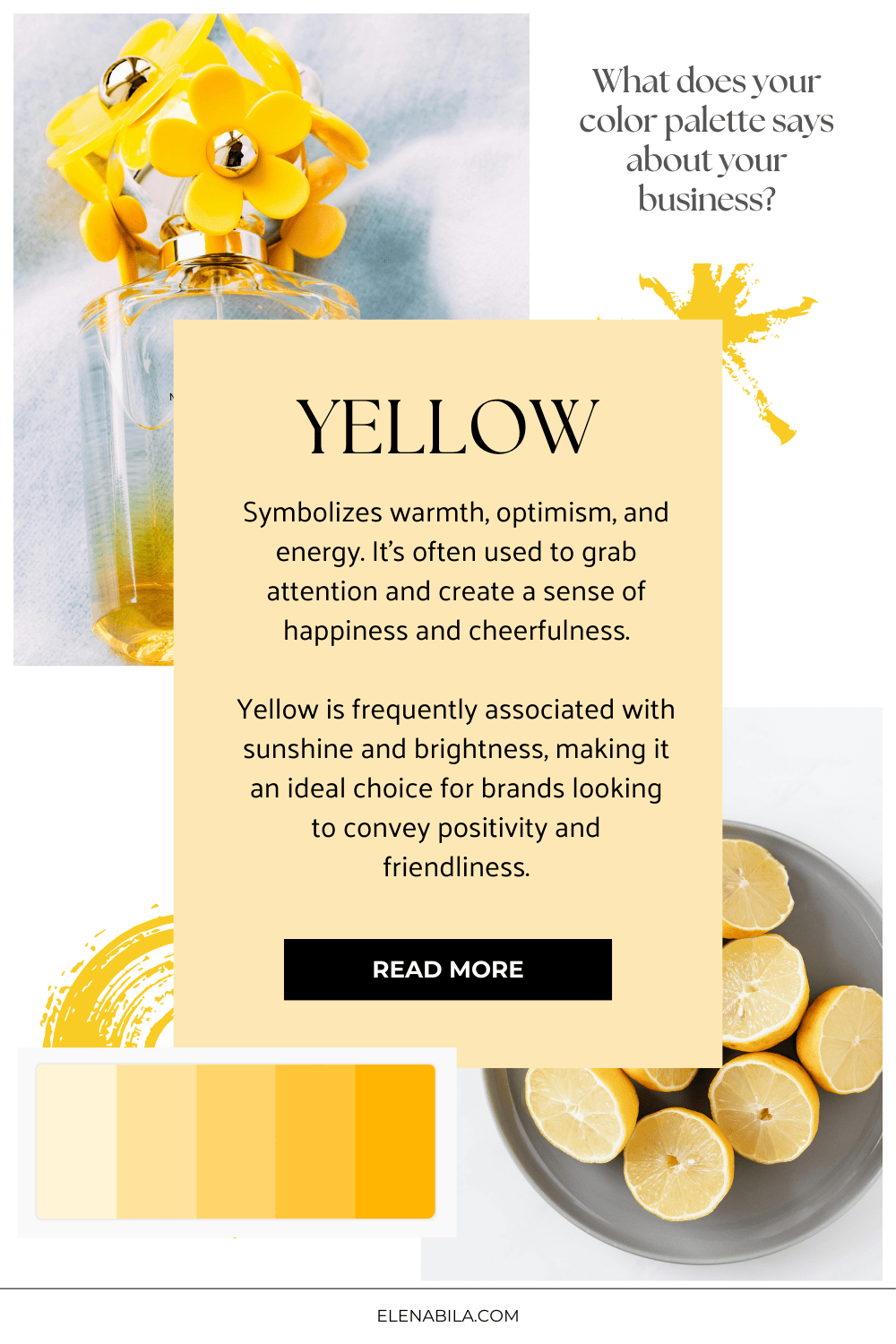
Green: Green brings to mind nature, growth, and balance. It’s often associated with health, wellness, and sustainability, which is why many eco-friendly brands, organic products, and outdoor companies lean into this color. Its calming and refreshing vibe also makes it a great fit for beauty and skincare brands. On top of that, green can symbolize wealth and success, making it a popular choice for businesses in finance or investments.
Blue: It’s all about trust, stability, and dependability. It’s a go-to for tech companies, banks, and healthcare providers because it communicates professionalism and reliability. Beyond that, blue has a calming effect, which is why you’ll see it in wellness and beauty brands too. It’s also tied to intelligence and innovation, making it a smart pick for companies in the tech and financial industries.
Purple: Purple is associated with luxury, creativity, and a touch of royalty. Brands looking to convey sophistication and exclusivity often choose this rich hue, especially in beauty, fashion, and high-end markets. Purple has an air of mystery and uniqueness, helping brands stand out. It’s also connected to spirituality and enlightenment, making it a fitting color for wellness or spiritual brands.
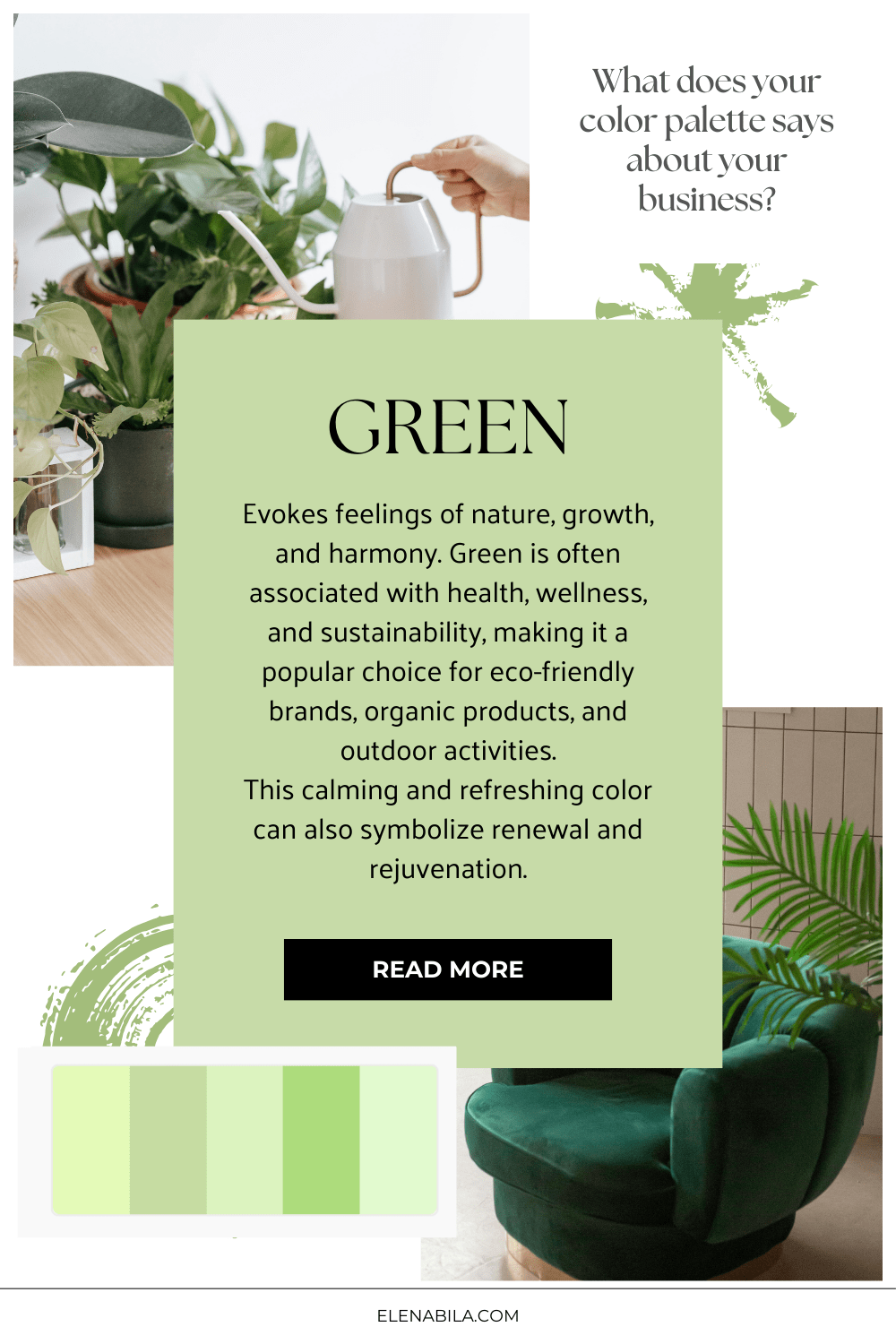

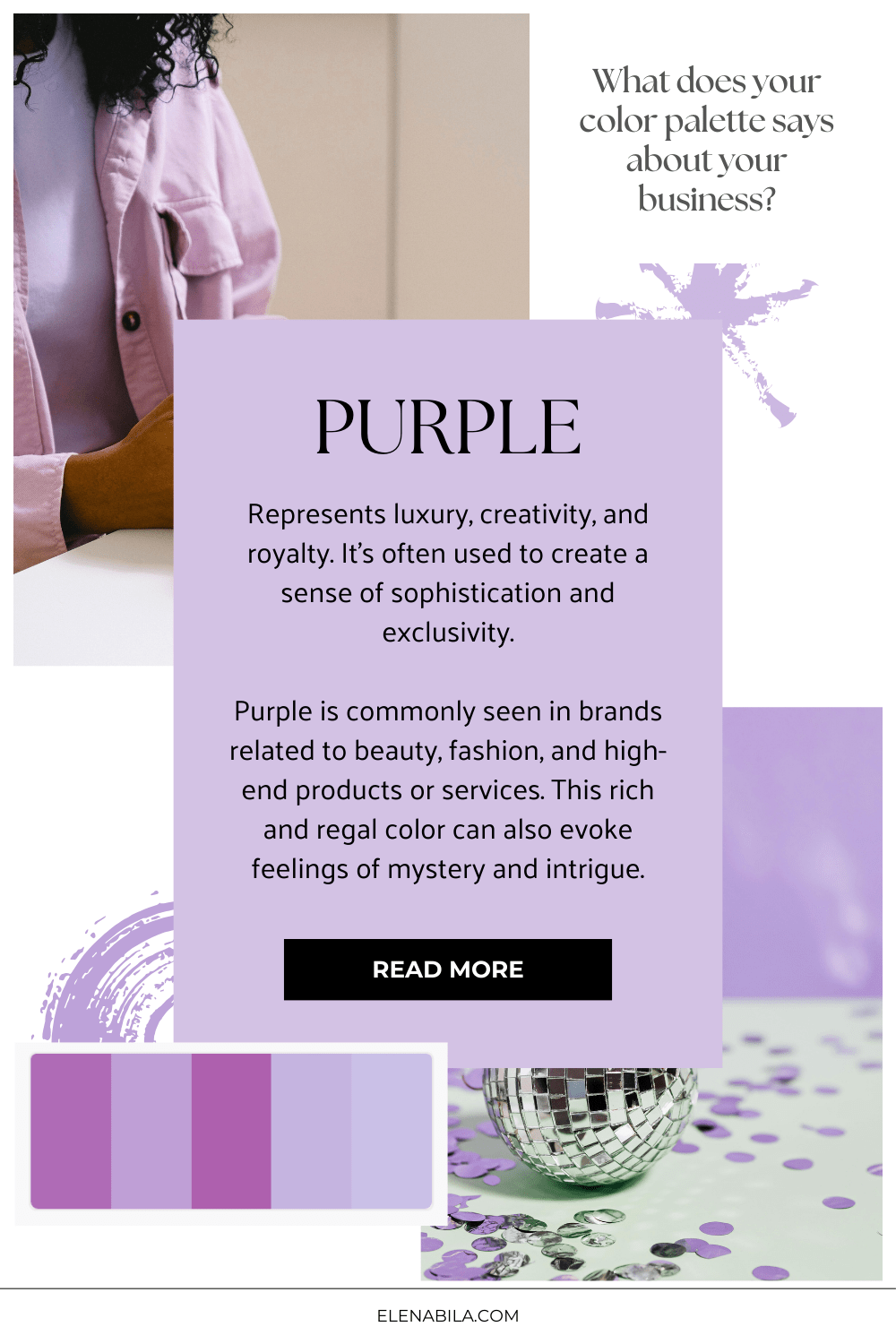
Pink: Pink is all about femininity, romance, and softness. Brands aiming at a female audience or those in the beauty, fashion, and lifestyle sectors often use pink to evoke warmth, care, and nurturing. It’s a color that feels playful and youthful, which is why it’s also a good choice for brands targeting younger audience.
Brown: Brown brings a sense of warmth, earthiness, and dependability. It’s often connected to nature, wood, and the outdoors, evoking feelings of stability and safety. Many outdoor, rustic, or natural brands use brown to signal a connection to the earth and tradition. It’s a solid choice for companies with a timeless or classic appeal.
Grey: Grey is the color of neutrality, balance, and subtle elegance. Often used as a backdrop in branding, it allows other colors to shine while still holding its own as a symbol of professionalism and reliability. Grey can suggest stability and a long-lasting presence, which is why it’s popular in corporate branding. It also has a calming effect, making it suitable for lifestyle and wellness brands looking to foster a sense of peace.
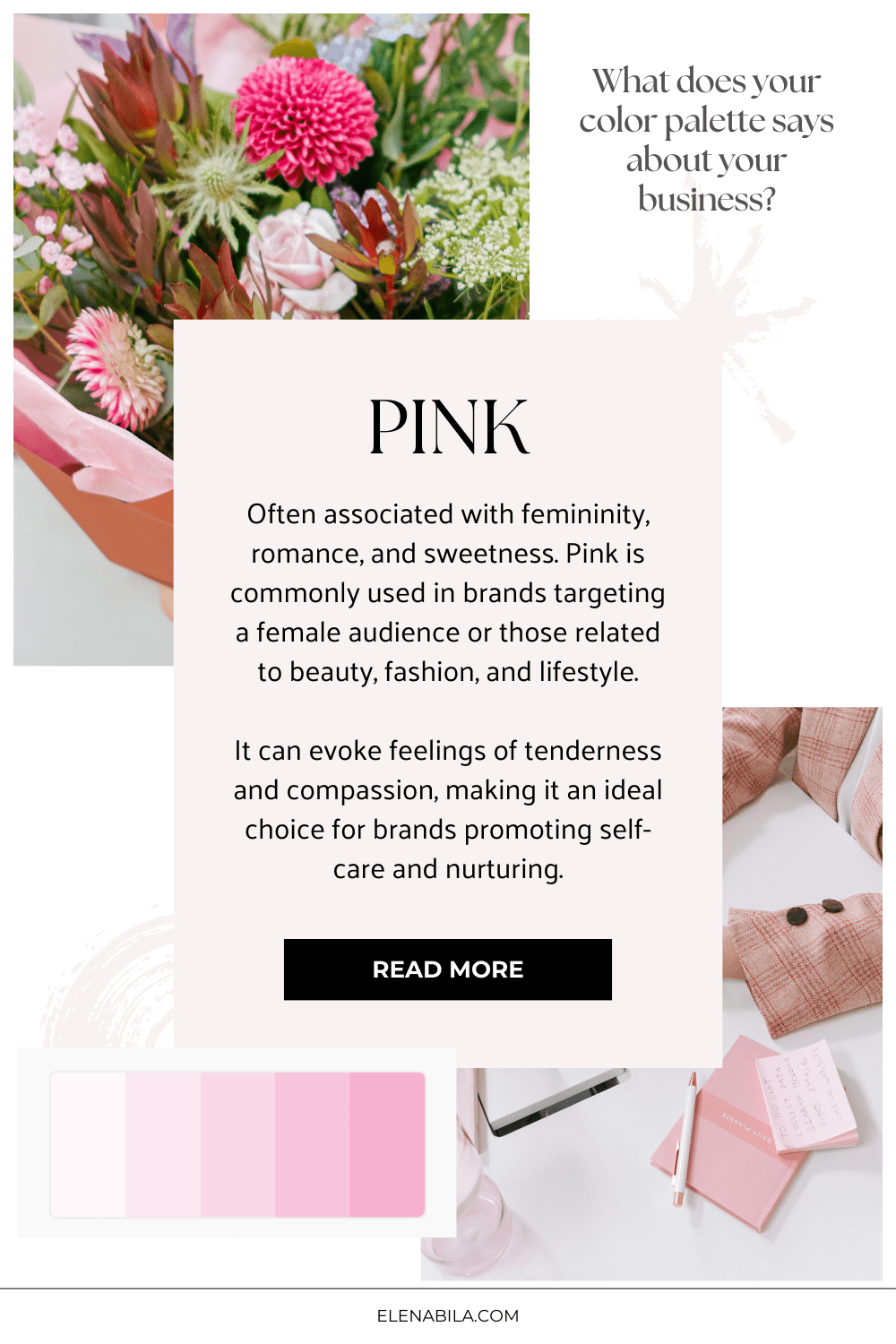

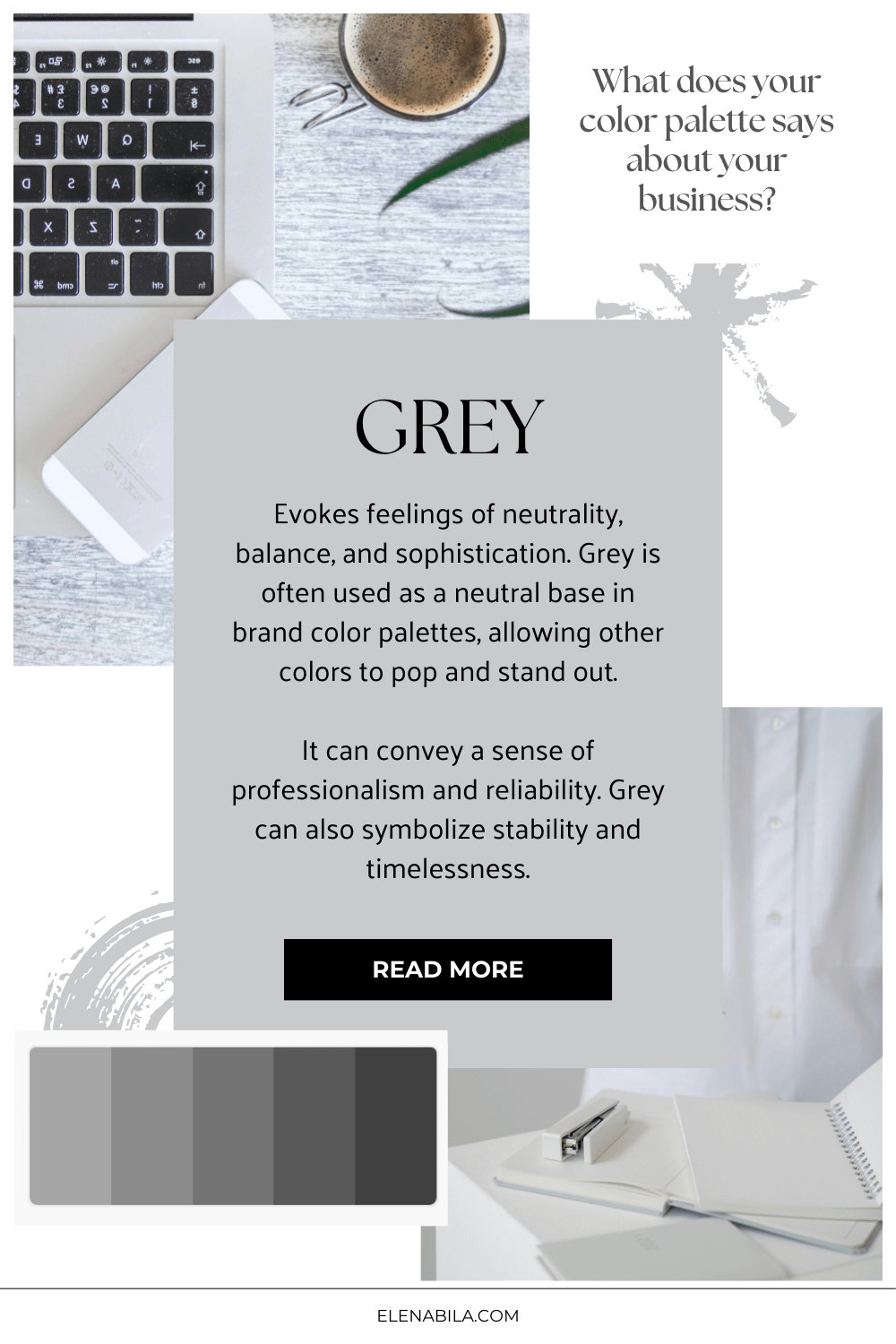
Black: Symbolizes sophistication, elegance, and power. Black is often used to create a sense of luxury and exclusivity, making it a popular choice for high-end fashion brands, luxury goods, and upscale services. It can also evoke feelings of mystery and allure, making it an ideal choice for brands looking to create a sense of intrigue and sophistication. Additionally, black can provide a strong contrast when paired with other colors, making it a versatile choice for brand identities.
White: White represents purity, simplicity, and cleanliness. White is commonly associated with innocence and perfection, making it a popular choice for brands looking to convey a sense of purity and simplicity. It can evoke feelings of freshness and clarity, making it an ideal choice for brands in the health and wellness industry. Additionally, white can provide a clean and minimalist backdrop for other colors, allowing them to stand out and grab the attention.
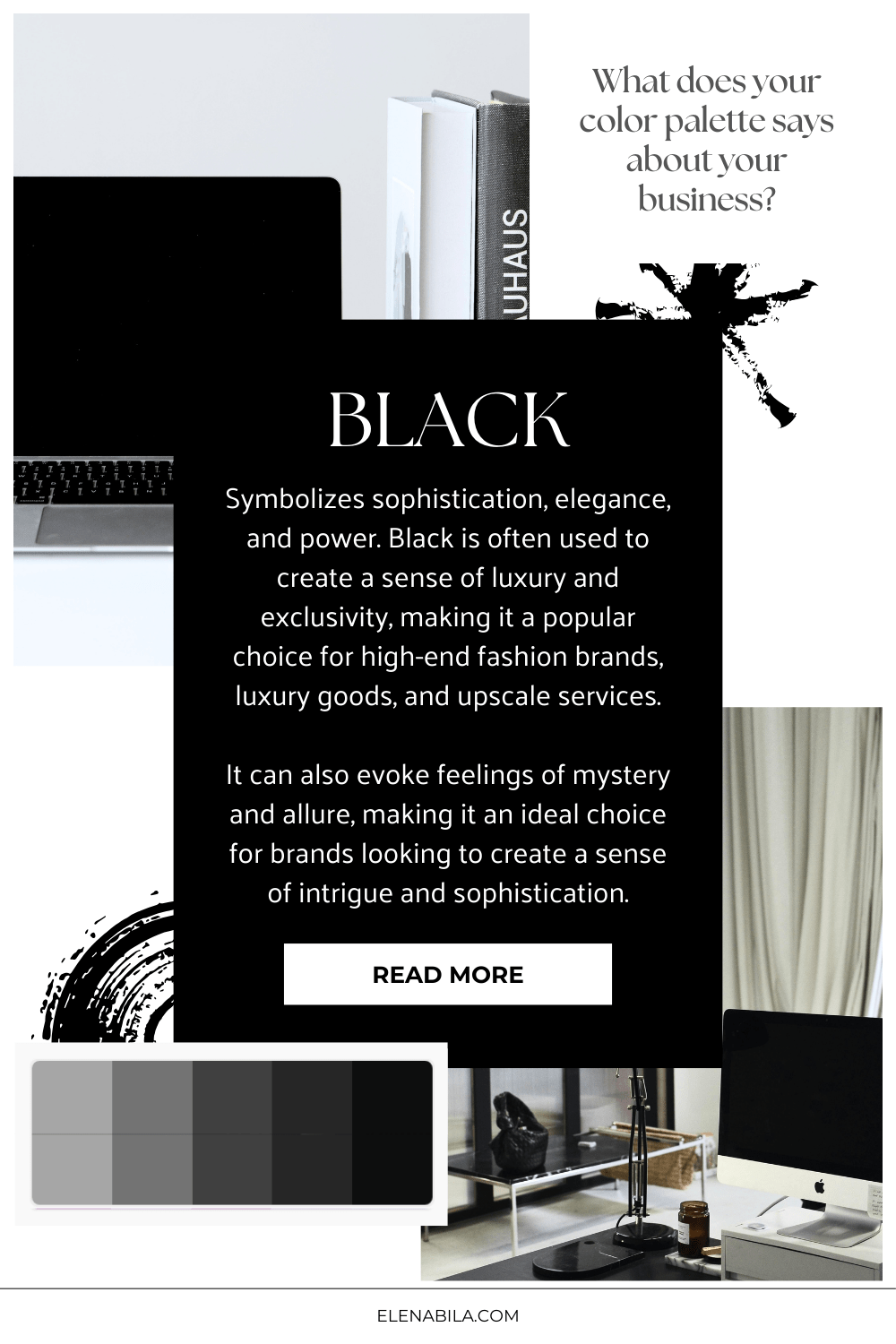
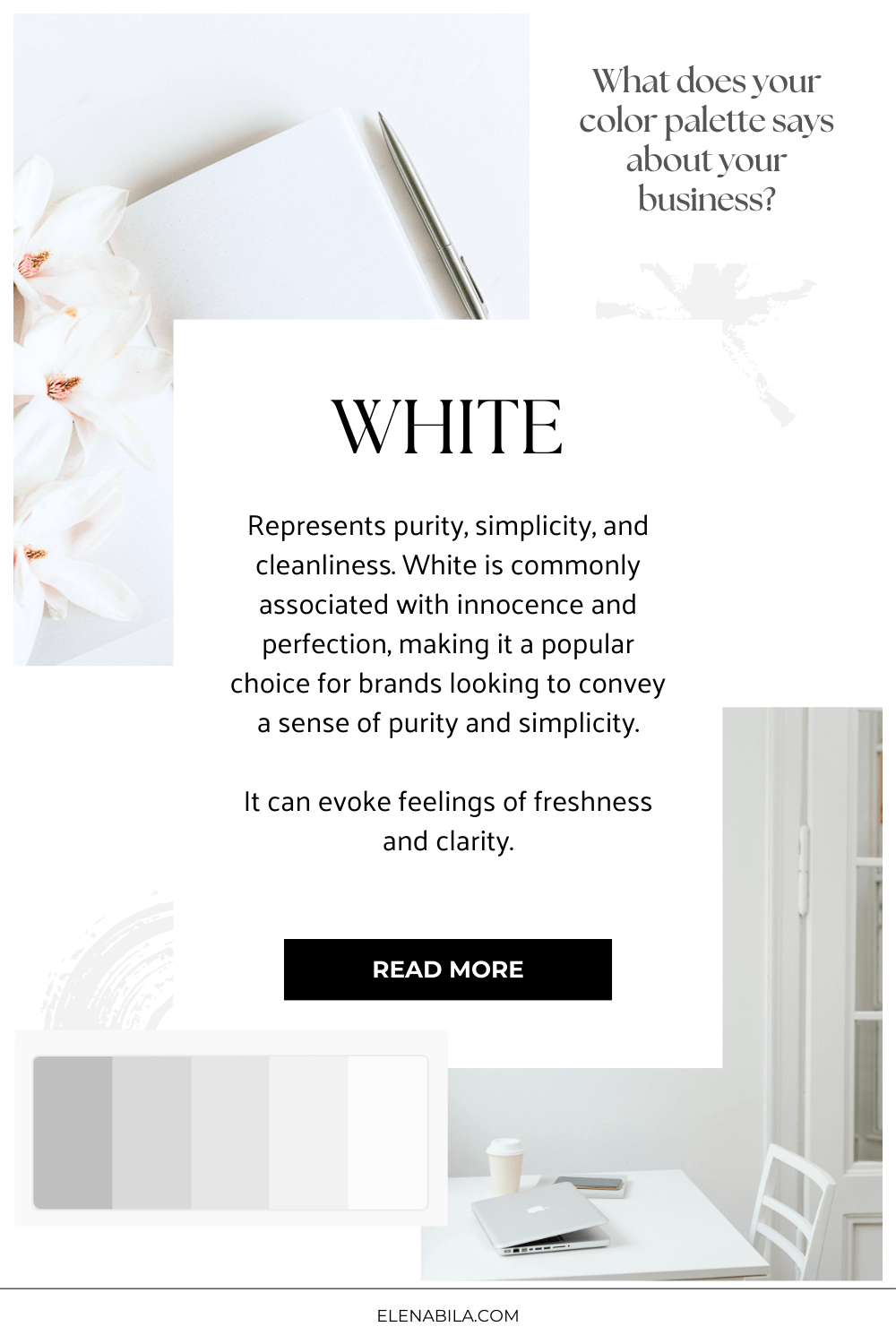
Color Palette Categories
Of, course you won’t stick to one color only, you need a complete color pallet. They can be categorised in many ways, take a look at these examples.
Seasonal Palettes:
Drawing inspiration from nature’s ever-changing hues, we can categorize colors into seasonal palettes:
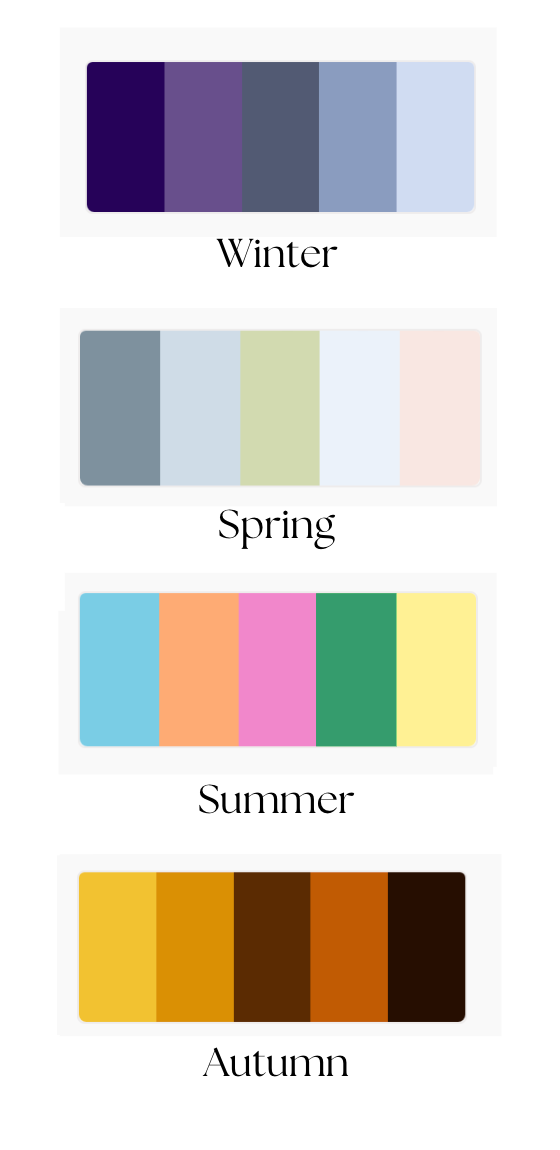
- Winter color pallet: Comprises cool tones like icy blues, deep purples, and frosty whites, evoking crispness and sophistication.
- Spring color pallet: Embraces pastel shades such as soft pinks, mint greens, and baby blues, symbolizing renewal, freshness, and growth.
- Summer color pallet: Features vibrant colors like sunny yellows, ocean blues, and tropical greens, capturing warmth, vitality, and relaxation.
- Autumn color pallet: Showcases warm, earthy tones such as burnt oranges, golden yellows, and deep browns, reflecting the richness and coziness of the season.
Beyond seasonal palettes, colors can be thematically grouped based on the mood and ambiance they create:
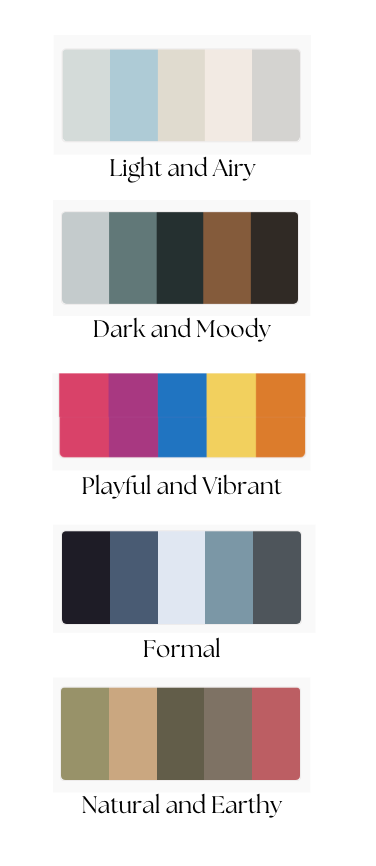
- Light and Airy: Encompasses soft pastels, delicate neutrals, and airy whites, conveying openness, tranquility, and elegance.
- Dark and Moody:Incorporates deep jewel tones, rich blacks, and shadowy grays, evoking a mysterious, dramatic, and sophisticated atmosphere.
- Playful and Vibrant: Features bold primaries, electric neons, and whimsical brights, exuding energy, fun, and spontaneity.
- Formal: Showcases classic neutrals, timeless blacks, and refined metallics, projecting professionalism, sophistication, and authority.
- Natural and Earthy: Embraces organic greens, rustic browns, and warm terracottas, establishing a connection to nature, grounding, and authenticity.
Fun personal fact: I chose my main brand colors based on astrological knowledge. The dark blue represents planet Saturn and stands for competence, discipline, consistency, loyalty and reliability. And light pink represents planet Venus and stands for femininity, elegance, compassion, balance and playfulness. And my accent “orange-gold” color represents planet Jupiter – prosperity, wisdom, systems, complete bigger picture, wholeness.
Enough about me, now it’s your turn.
Now, when you learned about the impact and brand colors meaning and answered questions about your brand, I hope you’re ready to pick yours. Which ones would be a good suit for your brand?
If you’re ready to make your own color palette, dive deep into this post – “A Complete step-by-step guide to create an amazing color palette for your brand”.
I hope this post was helpful. If you think it was valuable, I would appreciate if you share this post with your friend and fellow entrepreneurs who may benefit from it. If you have any questions, let’s connect on Instagram.

